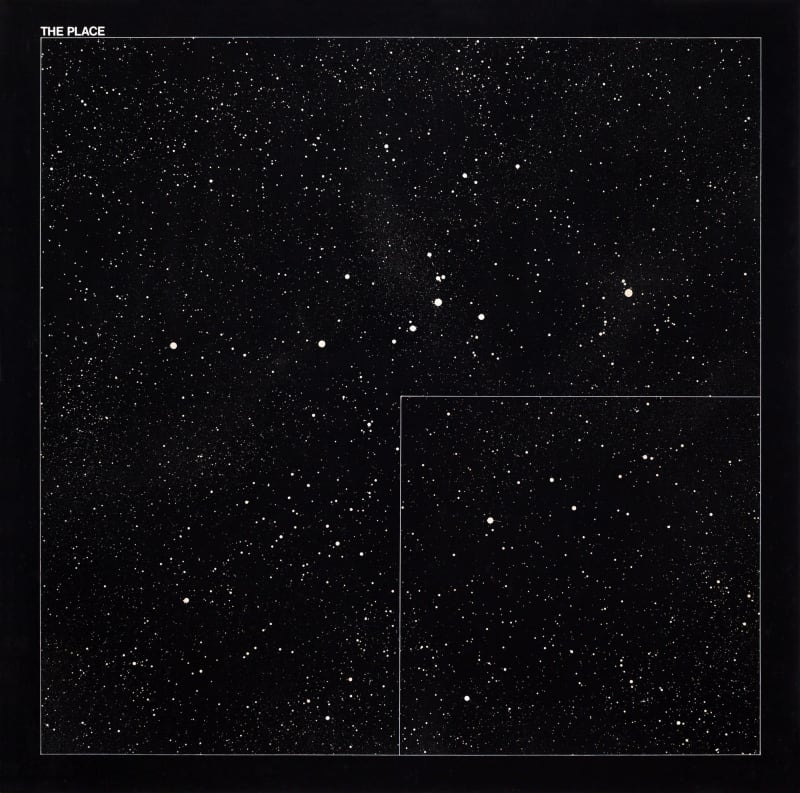Antonio Manuel Lima Dias (Campina Grande, PB, 1944 - Rio de Janeiro, RJ, 2018). Visual artist and multimedia. Spends his childhood in cities of the Brazilian Northeast and learns drawing techniques with his paternal grandfather. In 1958, moves to Rio de Janeiro and works as a draftsman and graphic artist. In 1959, he made illustrations for Senhor magazine.
At this time he attended classes with Oswaldo Goeldi (1895-1961) at the Atelier Livre de Gravura at the Escola Nacional de Belas Artes (Enba), and met artists from the Grupo Frente. His first solo exhibition takes place in 1962, at Galeria Sobradinho, Rio de Janeiro. He participated in the exhibition Opinião 65, a landmark of the emergence of new realism in the arts. In the same year, collectors and French critic Pierre Restany (1930-2003) organize a solo exhibition of Dias' work at the 4th Paris Biennial. The artist receives a scholarship from the French government and witnesses the demonstrations of May 1968. During this period, he produces works on videotape, distributed by the Historical Archives of the Venice Biennial. In 1968, he was hired by Studio Marconi in Milan, where he became acquainted with arte povera [1].
In 1972, he was awarded a Guggenheim Fellowship, in New York, when he edited the films of the Illustrations of Art series, begun in Milan. Back in Europe, he was invited by the German artist Joseph Beuys (1921-1986) to coordinate the Latin American section of the Free International University (FIU). In 1974, he produces a large installation at the Museu de Arte Moderna in Rio de Janeiro (MAM/RJ). The following year, he participated in the Festival of Expanded Media, in Belgrade, Serbia, with The Illustration of Art: Economy. In 1977, he travels to Nepal and researches techniques of paper production, which results in a series of large format works and the publication of the album Trama. In 1978, he creates environments with cinematographic techniques at the Palazzo Reale in Milan and at the Arte & Cinema exhibition in Venice.
Back in Brazil, he coordinated the Núcleo de Arte Contemporânea da Universidade Federal da Paraíba (NAC/UFPB), together with the critic Paulo Sergio Duarte (1946). He returned to Milan in 1981 and joined the transvanguardia movement. In 1988, he was awarded a scholarship by the Deutscher Akademischer Austausch Dienst (DAAD) in Berlin. In 1992, he became a professor at the International Summer Academy of Fine Arts in Salzburg, Austria. The following year he teaches at the State Academy of Fine Arts in Karlsruhe, Germany, and in 1997 at the post-graduate program of the Arnhem Ateliers in the Netherlands. In 2010, he moves to Rio de Janeiro, where he continues an intense production.
Note
1. An artistic movement that originated in the second half of the 1960s in Italy. It is characterized by the production of works with unconventional materials, such as sand, newspapers, ropes and rags. The intention is to "pauperize" the work of art, reducing its resources to eliminate barriers between art and everyday life.
ANTONIO Dias. In: ENCICLOPÉDIA Itaú Cultural de Arte e Cultura Brasileiras. São Paulo: Itaú Cultural, 2021. Available at: <http://enciclopedia.itaucultural.org.br/pessoa45/antonio-dias>. Accessed on: June 25, 2021. Encyclopedia entry. ISBN: 978-85-7979-060-7

